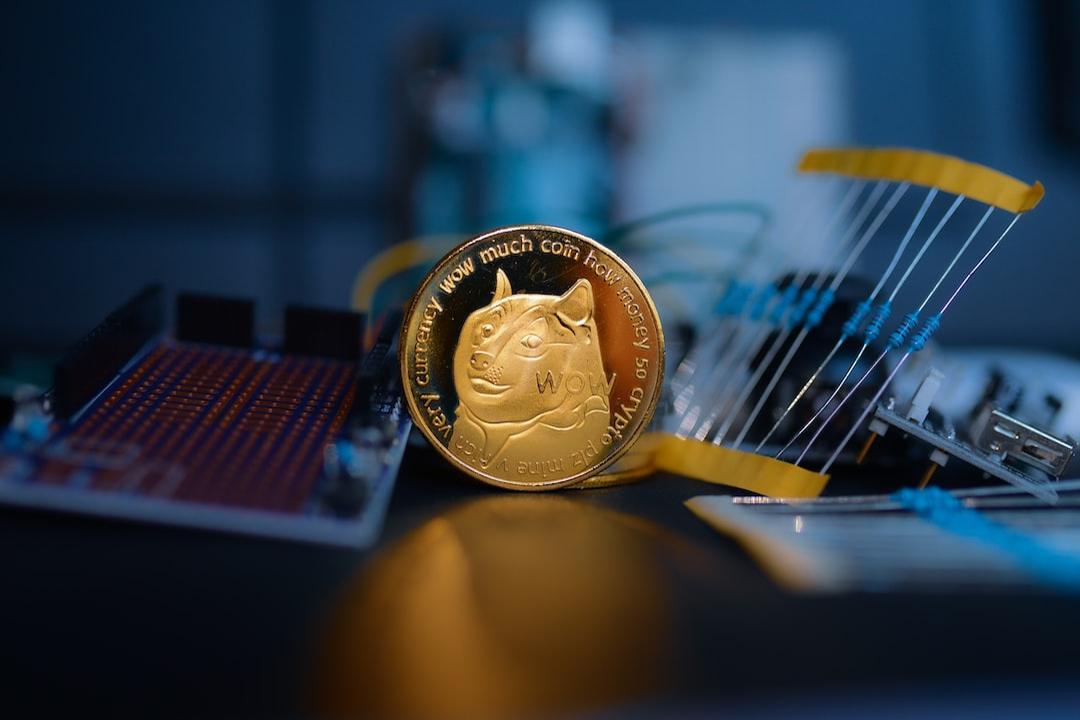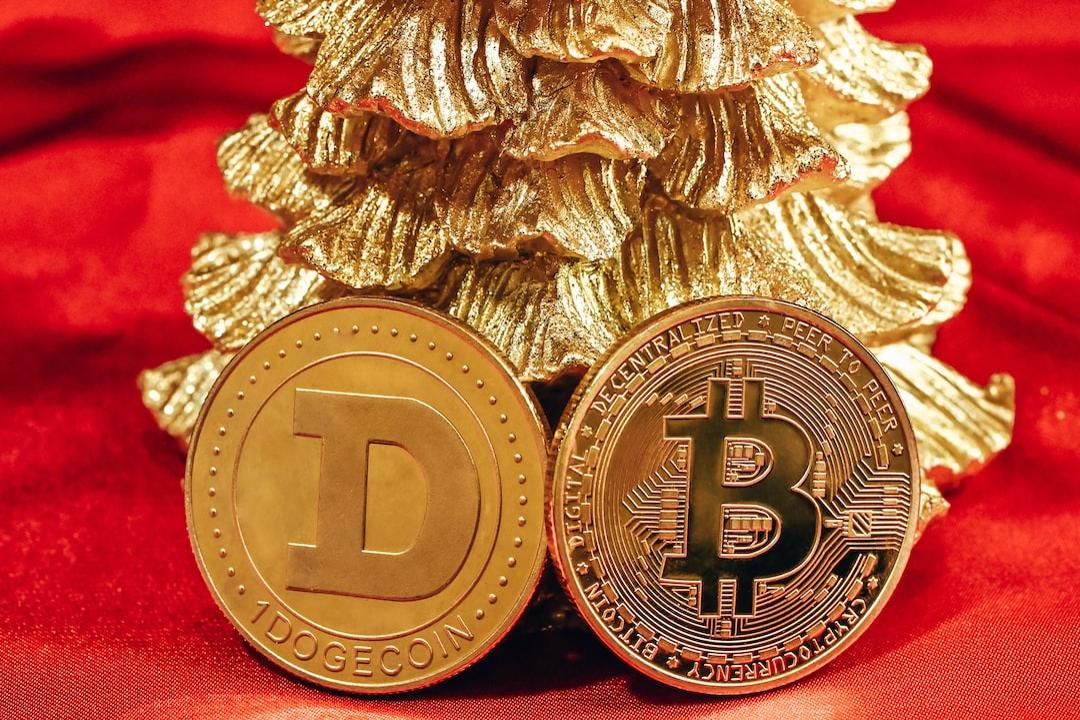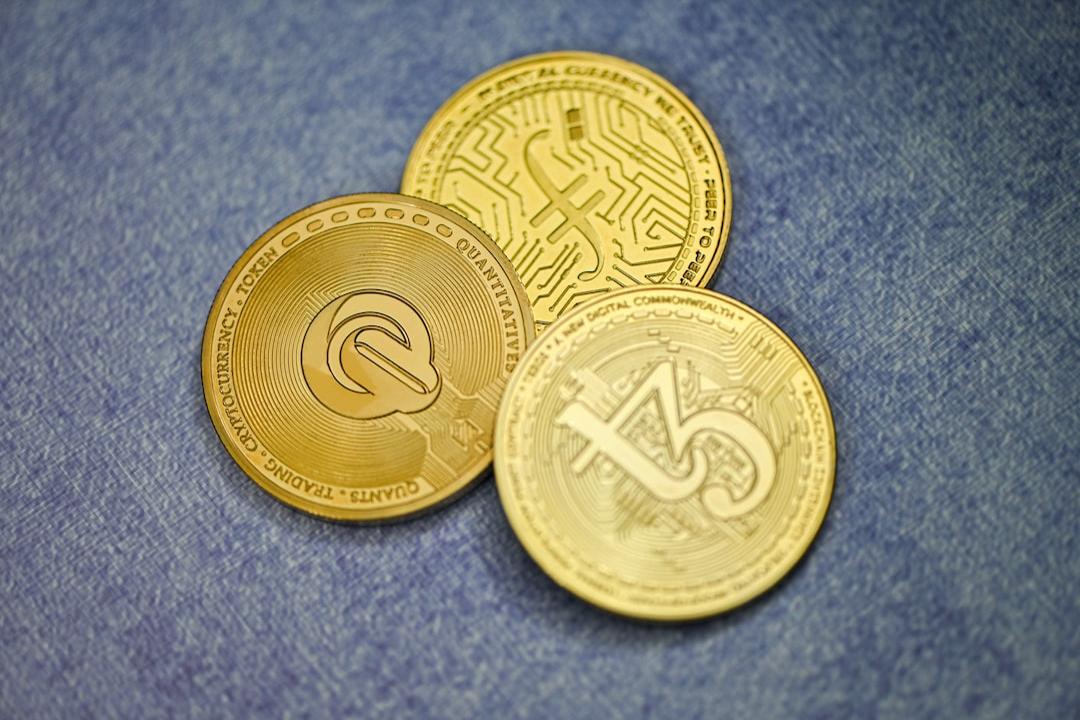White House Announces Tariff Increase on Chinese Goods
The White House recently issued a statement mentioning, “China currently faces tariffs on goods exported to the U.S. of up to 245% due to its retaliatory actions.” This figure has quickly drawn attention, raising questions about the situation.
(Background: Trump: China is ungrateful; immediately raises tariffs to 125%. Beijing retaliates with 84% counter-tariff, sanctions 18 American companies.)
(Context: China’s market intervention! Limits daily net stock sales to 50 million; Beijing raises tariffs on U.S. goods to 125%.)
Both China and the U.S. have taken a hardline stance on tariffs recently, refusing to back down. Last week, Trump raised tariffs on Chinese goods to 145%, while the Chinese Ministry of Commerce announced a retaliatory tariff increase on U.S. imports to 125%.
Just yesterday (the 16th), the White House released a report titled “President Trump Ensures National Security and Economic Resilience through Section 232 Actions,” which included a specific detail stating: “China currently faces tariffs on goods exported to the U.S. of up to 245% due to its retaliatory actions.” This figure has quickly sparked interest in the market.

How Did the 245% Tariff Come About?
This number is nearly 70% higher than the 145% proposed by Trump earlier, causing many investors to initially think that Trump had truly lost his mind. However, some details must be clarified.
First, the 245% applies to certain product categories rather than an overall tariff. Currently, medical supplies such as syringes indeed have a maximum tariff rate approaching 245%, derived mainly from the following three layers:
- Medical supplies have a basic tariff rate up to 100% due to anti-dumping measures.
- A 20% tariff added due to the fentanyl crisis.
- A 125% reciprocal tariff.
For example, regarding the nearly $52 billion worth of smartphones imported by the U.S. in 2024, over 80% are manufactured in China. These products could have faced tariffs as high as 145%. However, the U.S. temporarily excluded smartphones and laptops from the 125% “reciprocal tariff” last weekend, and they still face a 20% punitive tariff related to fentanyl.
Additionally, The New York Times calculated the tariffs for individual products, such as: total toy tariffs at 145%, total tariffs on wool sweaters at 168.5%, and total tariffs on aluminum outdoor chairs at 70%. The details are quite complex.
Experts: 245% or 145% Are More Negotiation Chips
The ongoing escalation of the U.S.-China tariff war poses significant challenges to the global economy. From a global economic perspective, according to a previous report from the International Monetary Fund (IMF), the high tariffs imposed by the U.S. on China have led to a 7% increase in global supply chain costs, particularly affecting the semiconductor, automotive, and medical industries.
Furthermore, for both the U.S. and China, experts point out that prolonged tariff confrontations will damage both economies in the long term—tariff battles will raise import and export costs, American consumers will face rising prices, and Chinese exporters will lose market share.
Regarding the White House announcement from yesterday, Wall Street Journal trade columnist Josh Zumbrun noted: “A figure like 245% seems more like political propaganda, aimed at portraying a tough stance to domestic voters.”
Additionally, an international relations scholar from Renmin University of China stated, “The mutual comparison of tariff figures between China and the U.S. obscures the fact of their economic interdependence. The 245% or 145% figures are more like negotiation chips rather than actual enforcement standards.” The U.S. and China should lower tariff barriers through negotiation; otherwise, it will only hinder global economic recovery.
The First Financial Daily also quoted experts stating, “If the U.S. intends to impose new tariffs, it needs to issue a formal order in the Federal Register; currently, it is merely a factual list, with no substantive tariff actions.”

Related Reports
- Not just the Federal Reserve, is the People’s Bank of China (PBOC) also influencing the future of Bitcoin?
- Trump and Jensen Huang met with laughter! The U.S. will temporarily suspend the ban on Nvidia’s H20 chips for China; will deepseek take off?
- Will U.S. tariffs kill Bitcoin mining companies?


